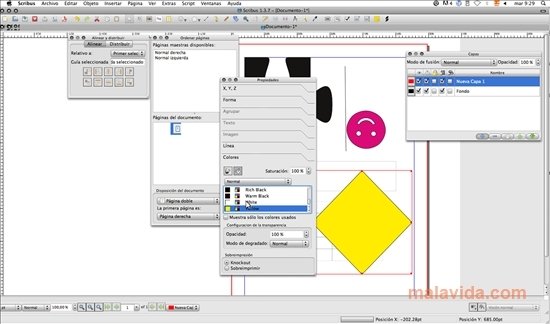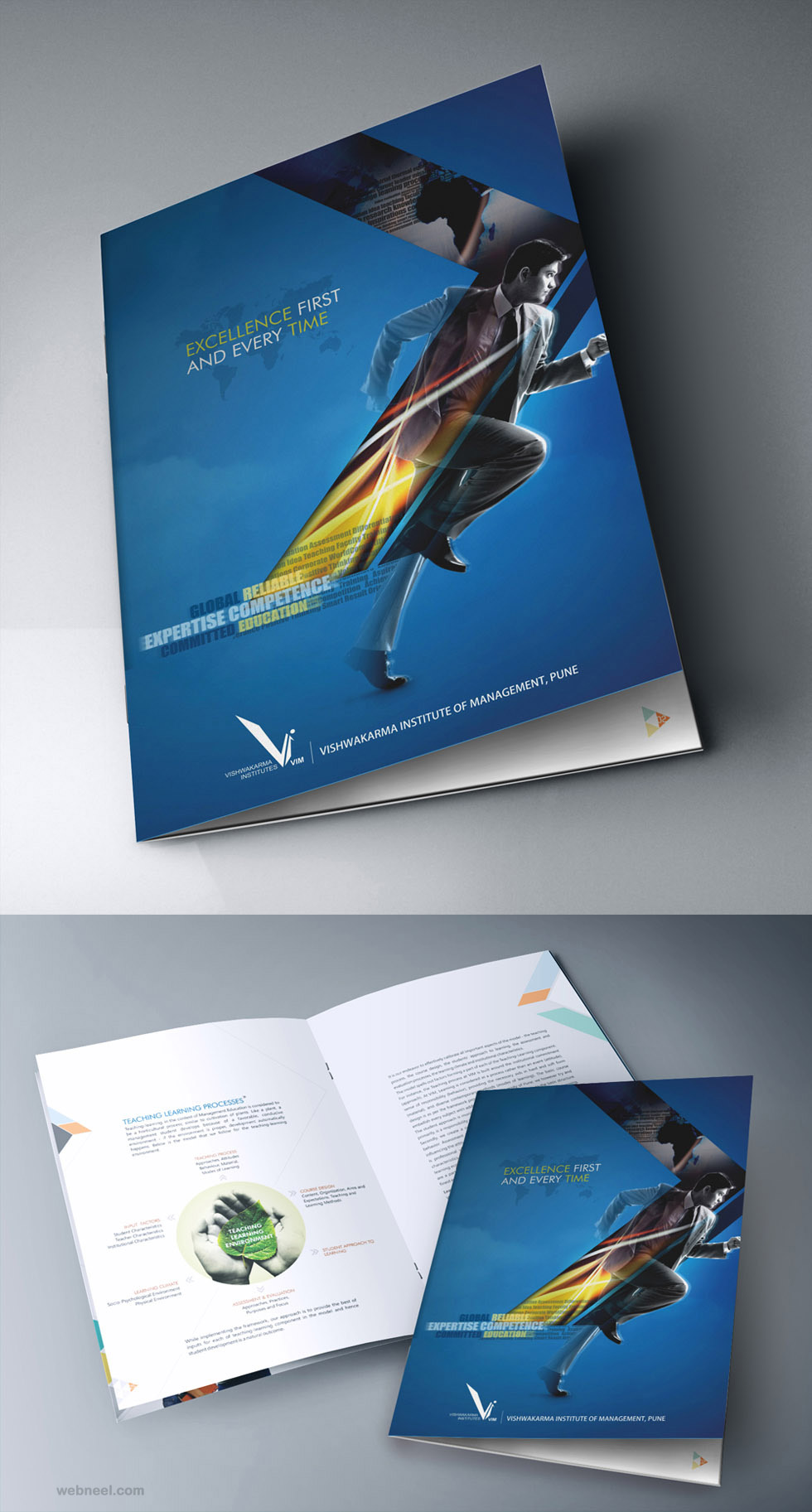
In the dropdown list at the top of the dialog you can choose the Master Page you want to apply. The most obvious way to apply a Master Page is via Page > Apply Master Page, which will bring up the following dialog: Otherwise, only the items on the "real" page become part of the new Master Page.Īs with creating Master Pages, there are also several ways to apply them. If you check the option "Copy Applied Master Page Items", the Master Page that is applied to the current page will be merged with the latter into one new Master Page. As with any new Master Page you will be asked to insert a name for the new page, as well as determining the category. If the Master Page is already in use, you will be asked for a replacement.Īnother way to create a new Master Page is to convert an existing page into a Master Page via Page > Convert to Master Page. Delete Master Page: This will delete the Master Page you have selected in the file dialog.This feature is most useful when you have split a large project into several smaller files (which is always recommended), as you don't have to create a new Master Page for each project file. After selecting a file and clicking "OK", Scribus will open a new dialog that allows you to select a Master Page from the document for import into Scribus. Import Master Pages: Clicking this button brings up a file dialog, in which you need to select a Scribus file.Thus, you can create a basic design and create duplicates, in which only the changing details are modified.

Copying a Master Page is helpful if you are working with documents that use a mostly identical design and only vary in details. Since a new Master Page is created that way, you will also see the prompt to insert a name. Duplicate Master Page: This will create a copy of the Master Page you have selected in the dialog.Clicking OK will create your new Master Page, and you can edit this page immediately. Depending on your document layout, you also have to determine the Master Page category (e.g. Here you have to enter a name for the new Master Page. Add new Master Page: If you click on this icon, a new dialog pops up.The Master Page dialog shown above offers four options, from left to right: It is generally a good idea not to touch the "Normal" Master Pages and create new ones instead. How many and what kind of Master Page depends on the document layout you chose: Single-page layouts have one Master Page, double-sided layouts two etc. This will bring up the Master Page dialog:Īs you can see, Master Pages have already been automatically created when you created the new document.

The most obvious is to create a new one from scratch, which is actually is quite simple: Go to Edit > Master Pages. There are basically two ways to create a Master Page. There are several reasons to use Master Pages, among them the ability to automatically add page numbers or avoiding the hassle of inserting objects that are repeatedly used in the same place over and over again. Thoughtful creation of master pages can vastly simplify and speed up the creation of complex documents - the more complex, the more essential they are. All items except page numbers are static background items. Fundamental to understanding how they work is that these pages are not editable from the normal page canvas. Users of other page layout applications might be familiar with this concept of static page backgrounds. Master Pages are the means to add content to pages which have repeating content like page numbers, chapter names, section heads and the like.


 0 kommentar(er)
0 kommentar(er)
